Cart
4
Quantity
18,90 €
Quantity
4,00 €
Quantity
18,00 €
Quantity
4,00 €
Product You May Also Like
Payment details
Sub Total
44,90 €
Shipping
Free!
Total
44,90 €
Apply

 Amore DI Puglia Pillow
Amore DI Puglia Pillow
 Classic Taste Taralli EVO
Classic Taste Taralli EVO
 Nula
Nula
 Taralli all'Uvetta e Cipolla
Taralli all'Uvetta e Cipolla











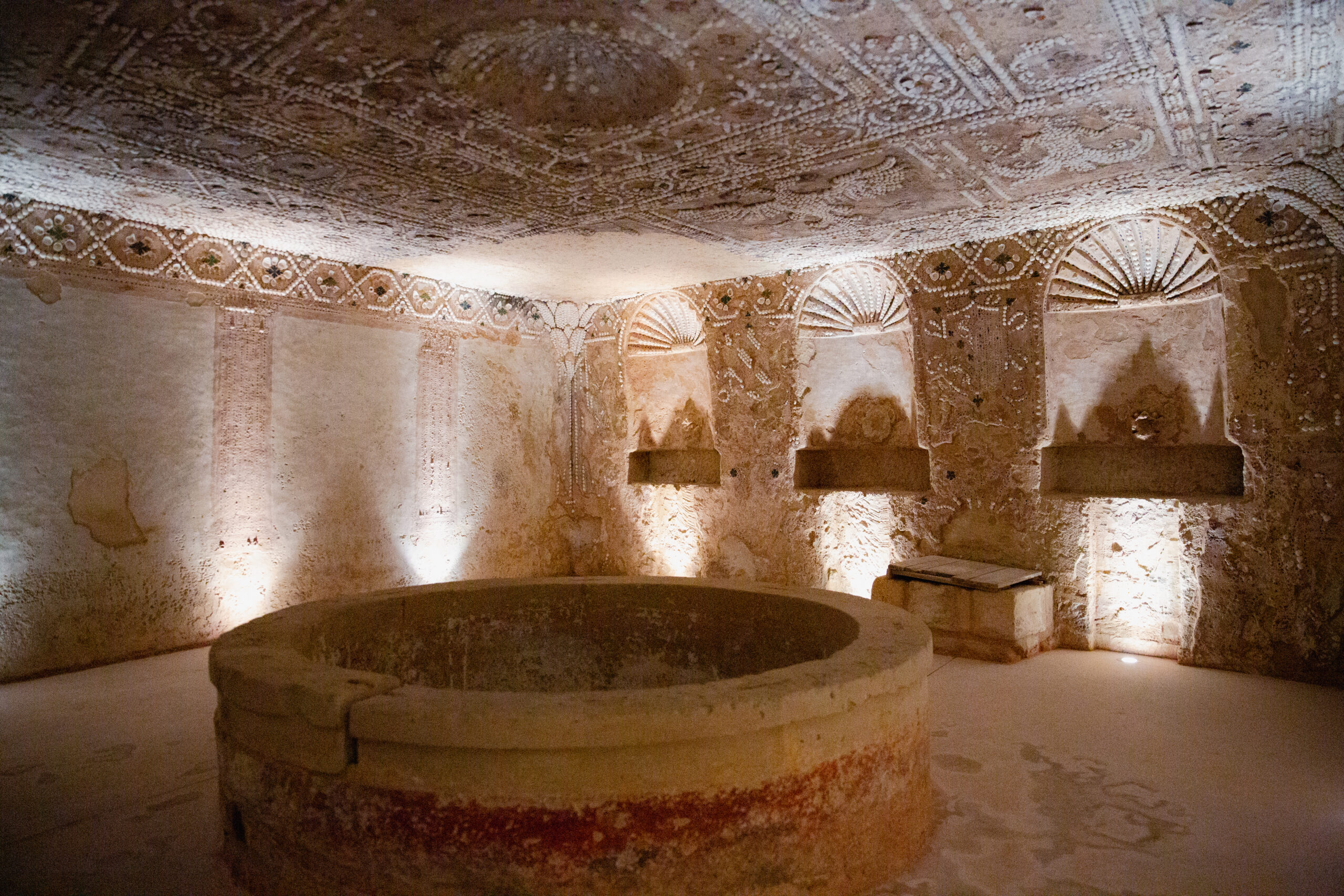
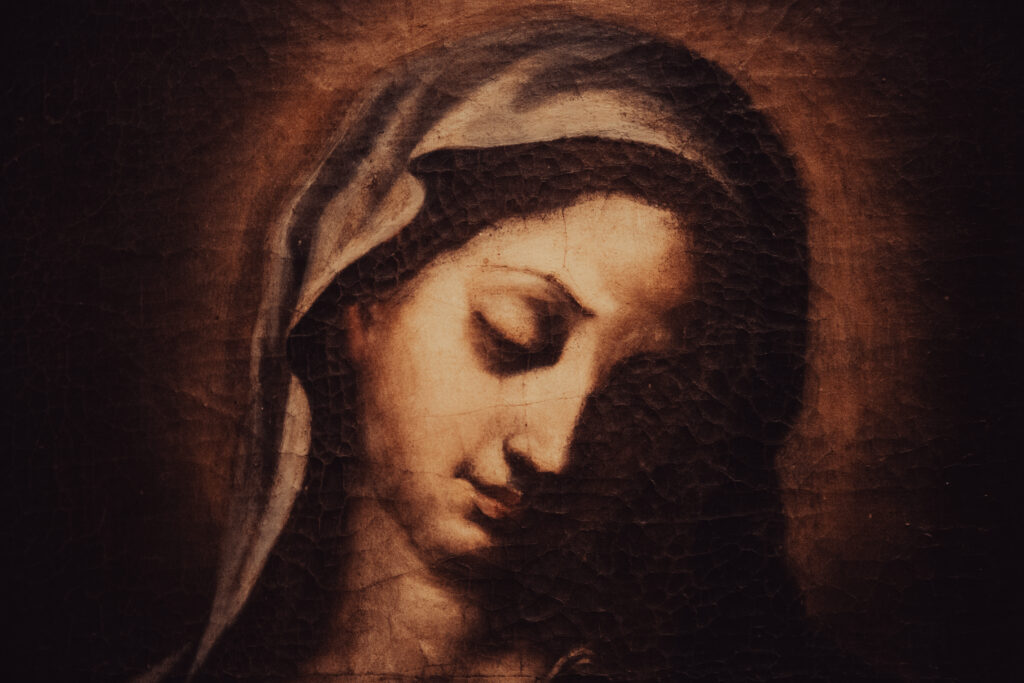
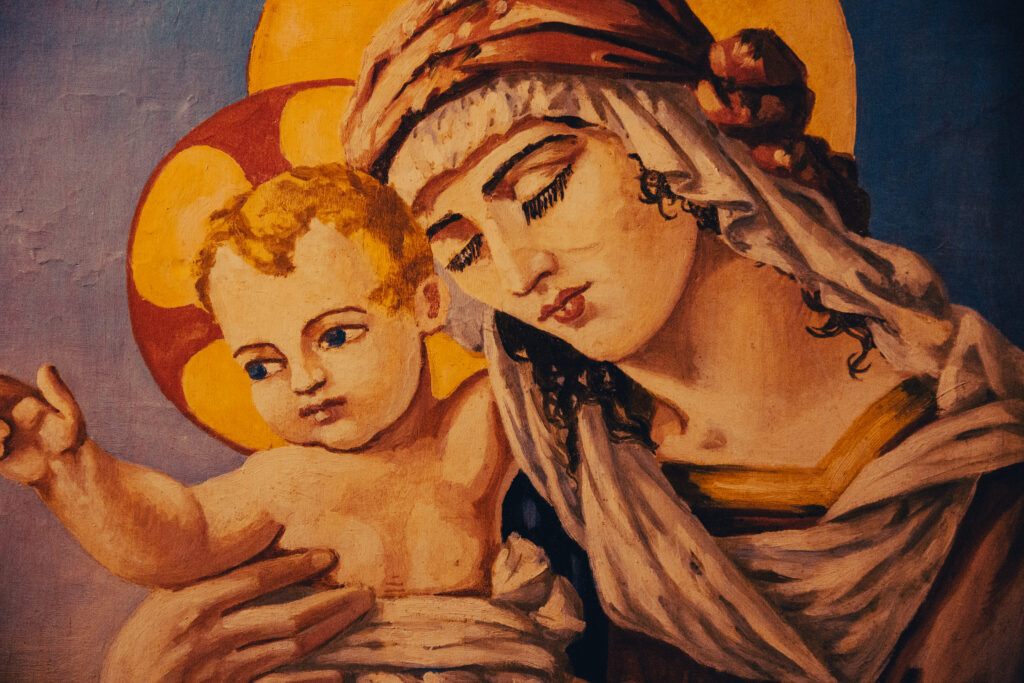
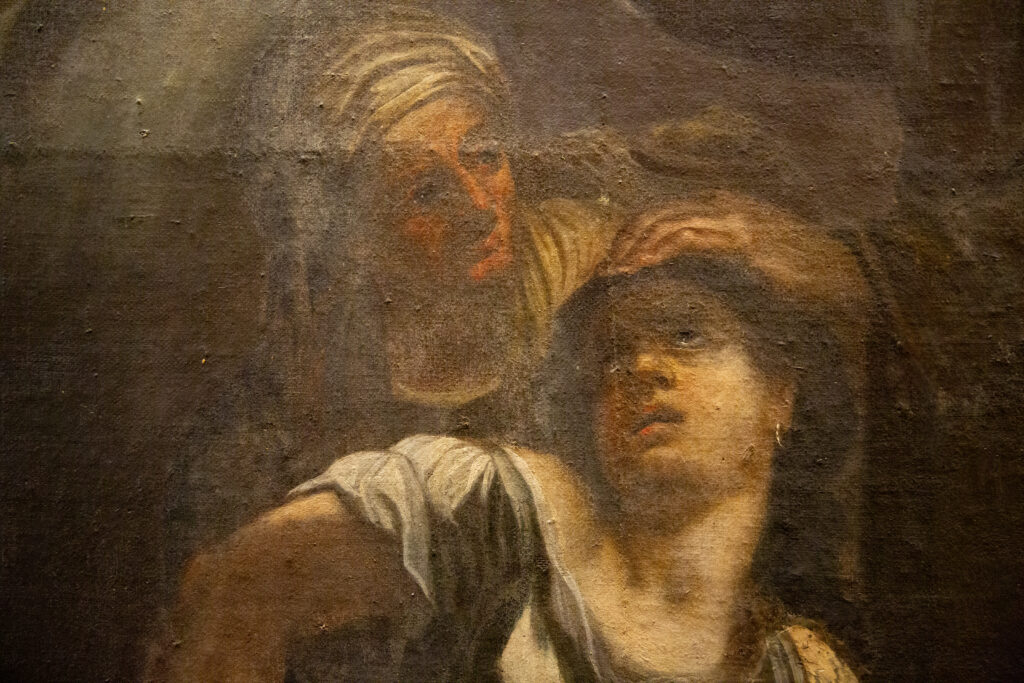
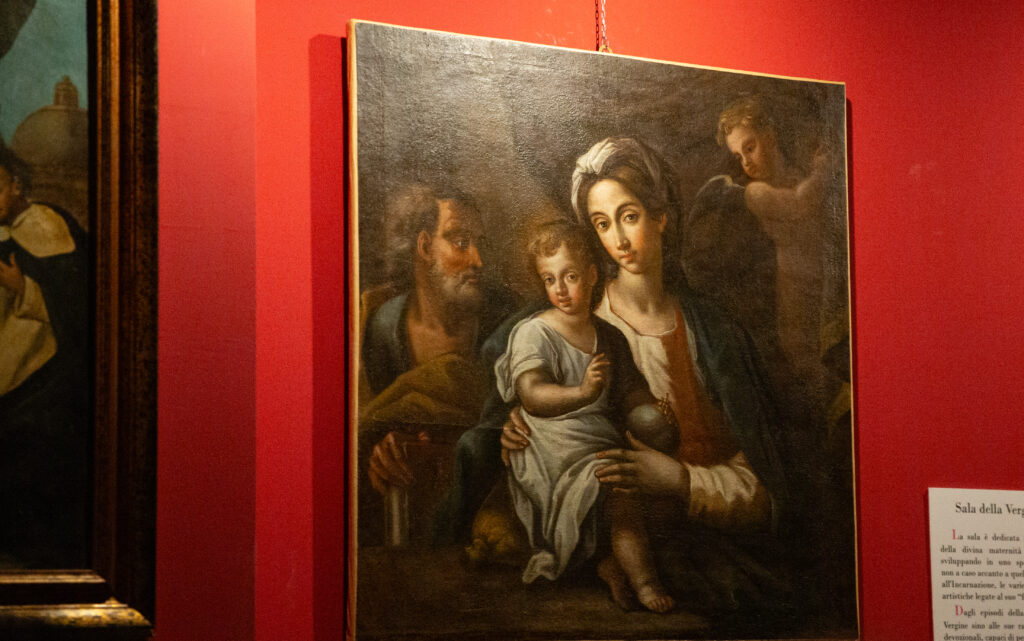
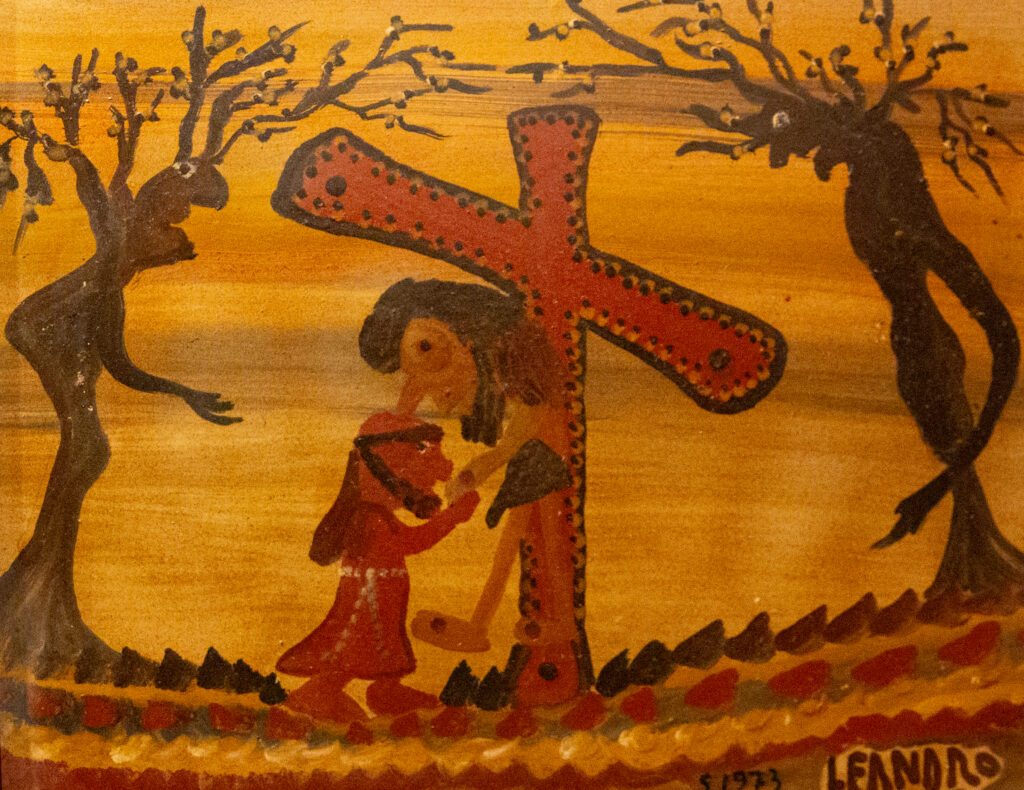
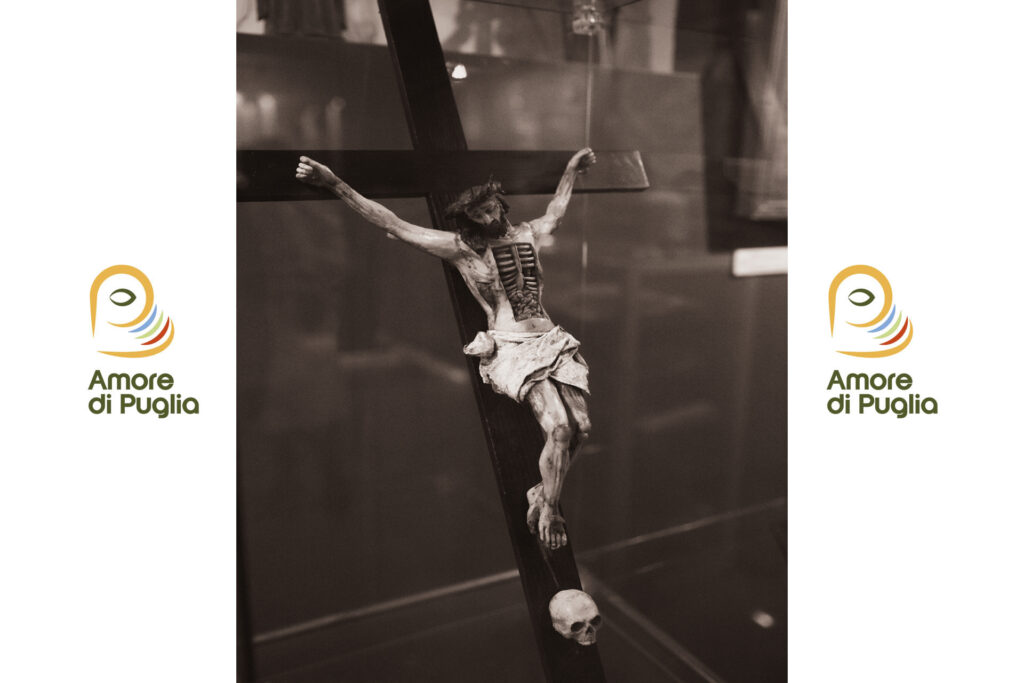

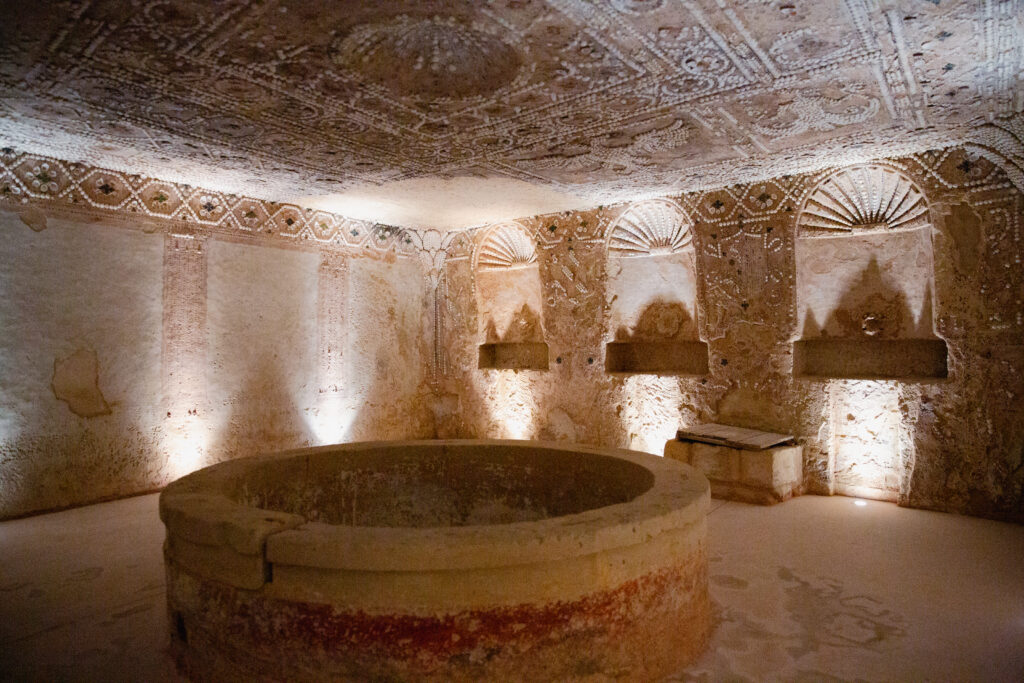







Leave a comment